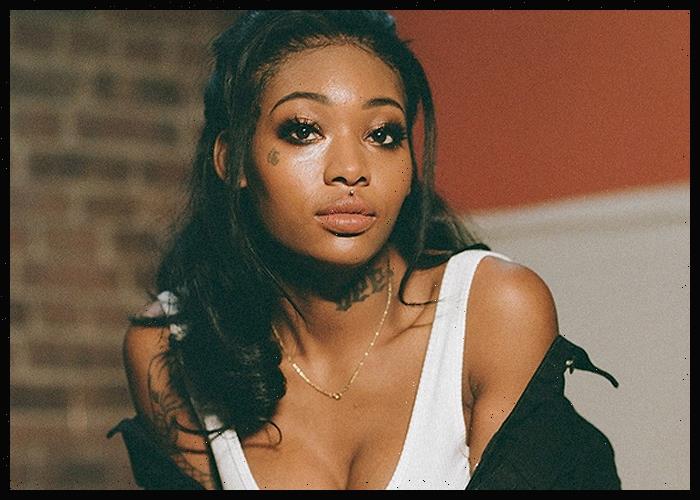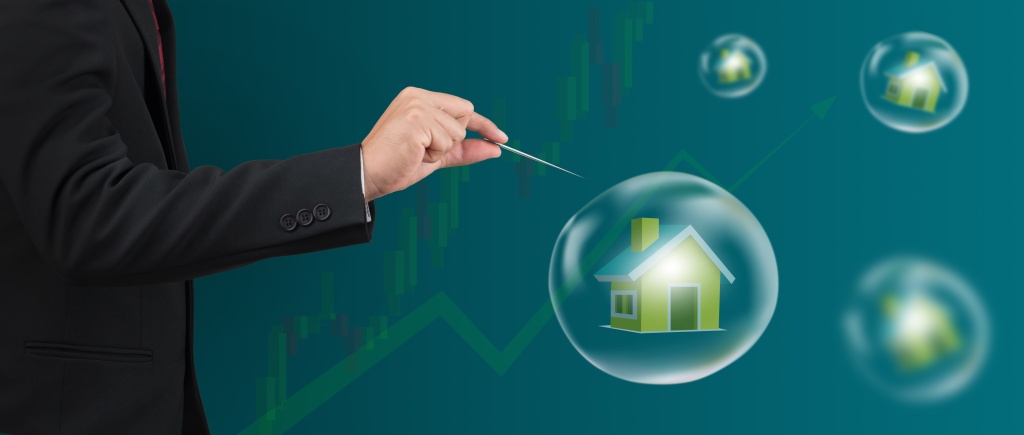As monkeypox cases climb in the United States and children prepare to return to school, some parents worry that the outbreak could reach their little ones in class.
On Friday, Illinois health officials announced dozens of children may have been exposed to the monkeypox virus after a day care worker tested positive outside Champaign, Illinois. No other cases have been reported at the facility, but all adults and children were being screened, according to a statement.
As of Aug. 3, there have been only two pediatric infections out of the more than 9,400 monkeypox cases reported in the country, according to the Centers for Disease Control and Prevention.
Here's everything parents should know about the virus and what to do if their child gets infected.
Can kids get monkeypox?
The vast majority of cases have occurred in adult men who have sex with men, experts say, but there are signs the virus may branch out of this community.
It’s possible, and even expected, to see infections in children, health experts say. But it won’t be as common as other viruses.
“We’re not expecting that childcare settings and schools will see rampant monkeypox infections run through kids,” said Dr. Ibukan Kalu, assistant professor of pediatrics at the Duke School of Medicine and a medical director of pediatric infection prevention at Duke University Medical Center. “But it is possible for children to get infected.”
The World Health Organization and CDC said children are more prone to develop severe disease or complications from monkeypox compared with teens and adults, particularly those younger than 8 years old.
Monkeypox symptoms in children
Monkeypox symptoms usually start within three weeks of exposure, according to the CDC. They include fever, chills, swollen lymph nodes, exhaustion, muscle aches and backache, headache, respiratory symptoms, and a rash, according to the CDC.
During the current outbreak in adults, the rash has often been located on or near the genitals or anus, but it can also appear on other areas, such as the hands, feet, chest, face or mouth. Some people experience flu-like symptoms and then develop a rash one to four days later. Others see the rash first and then begin feeling sick, or only get a rash.
What does a monkeypox rash look like?
Kids get a lot of rashes, health experts say, so it’s important for parents to see a health care provider if a rash appears on their child.
Some monkeypox rashes can look like other viruses or skin conditions such as chickenpox, hand, foot and mouth disease, herpes, measles or a skin allergic reaction like eczema.
Kalu advises parents take a picture of the rash and watch its progression. If it looks the same and doesn’t get worse or start to scab, “it’s highly unlikely to be monkeypox.”
It's also unlikely the child’s rash is monkeypox if there’s no known exposure, or prolonged skin-to-skin contact with a person who has a confirmed case.
“That may occur in day care, it’s just not as common,” Kalu said. “It typically means there’s a household exposure, or there’s a person in the household that has been diagnosed with monkeypox and took care of the child and had prolonged skin-to-skin contact.”
Even if a child goes to the pediatrician with a fever and rash, they likely won't get tested for monkeypox without a known exposure, said Dr. Allison Bartlett, a pediatric infectious disease specialist at the University of Chicago Medicine Comer Children’s Hospital.
What to do if your child has monkeypox
Guidance issued by the CDC recommends children with monkeypox should be closely monitored throughout their illness.
Like isolation measures related to COVID-19, children infected with monkeypox should avoid contact with uninfected people and pets until the rash has resolved, the scabs have fallen off and a fresh layer of skin has formed.
During isolation, the CDC recommends lesions be covered to prevent children from scratching them and touching their eyes.
"If there were an actual pox lesion on the eye, you could get inflammation and scarring and it could affect your vision," Bartlett said.
Caregivers should cover areas of broken skin with bandages and avoid skin-to-skin contact with the infected child. They should also wear disposable gloves when changing bandages and clothes covering the child’s rash.
Can children be vaccinated against monkeypox?
The monkeypox vaccine Jynneos has been authorized for emergency use and may be recommended for children under 18 who have been exposed to monkeypox.
Tecovirimat, sold under the brand name Tpoxx, also is available to treat children at high risk for severe monkeypox disease, including children under 8 years old, who are immunocompromised or have a history of skin conditions.
But health experts say children are more likely to contract other rash-causing diseases, like chickenpox and measles, than the monkeypox virus, and recommend parents stay up to date with their child’s immunization schedule.
“There are other vaccine-preventable infections that can cause fever and rashes, and this is a great time to ensure your child is up to date with all routine vaccines," Kalu said.
Although it's possible for children to contract monkeypox at home, Bartlett said, she's not "at all concerned about transmission" in schools.
"It could become a problem, so it's something to be aware of, but it's not currently something we should spend a lot of time worrying about for individual children in schools."
Follow Adrianna Rodriguez on Twitter: @AdriannaUSAT.
Health and patient safety coverage at USA TODAY is made possible in part by a grant from the Masimo Foundation for Ethics, Innovation and Competition in Healthcare. The Masimo Foundation does not provide editorial input.
This article originally appeared on USA TODAY: Monkeypox in kids: Symptoms, vaccine, what experts want you to know
Source: Read Full Article

